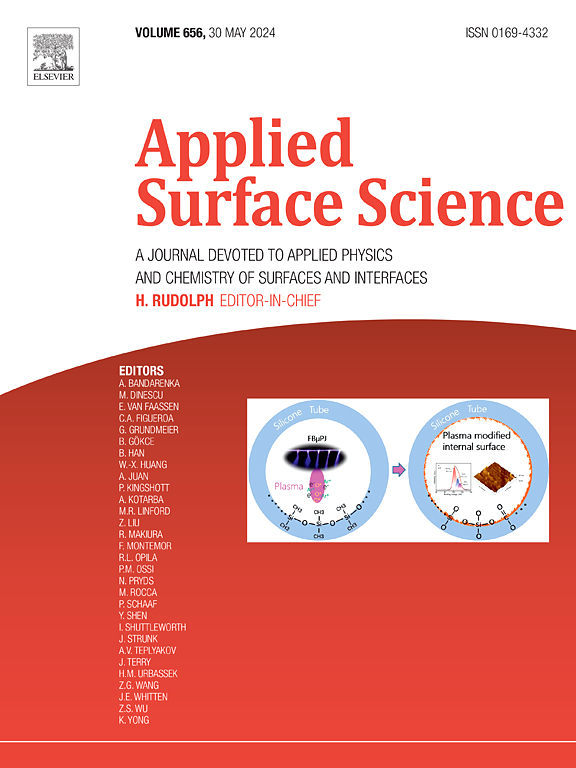The role of aluminum in atomically dispersed M(Fe, Co, Ni, Cu)/ZSM-5 catalysts for methane selective oxidation
IF 6.3
2区 材料科学
Q2 CHEMISTRY, PHYSICAL
引用次数: 0
Abstract
Transition metal-containing ZSM-5 has proven effective as a catalyst for the selective oxidation of methane under mild conditions. However, the diversity of catalytic sites hinders the efficient and highly selective conversion of methane. This study investigates the role of Al sites in ZSM-5 in influencing the formation and stability of active species at the atomic level. Using Fe-based zeolites as the main object of study, detailed spectroscopic analysis combined with density functional theory (DFT) calculations showed that framework Al can reduce the dispersion resistance of exogenous FexOy particles, prevent the agglomeration of Fe species during annealing, and maximize atomically dispersed Fe as the active sites. Furthermore, the ligand structure, which interacts strongly with the active metal, provides suitable acid sites to promote surface *OOH generation, leading to higher HCOOH productivity. The optimized catalyst achieved a yield of 44.2 mmol•gcat−1•h−1 and 91.5 % selectivity of liquid oxygenate products, which was 4.5 times higher than that of the catalyst without Al sites. The formation of isolated Co, Ni, and Cu active sites is equally facilitated by the presence of Al.

铝在原子分散M(Fe, Co, Ni, Cu)/ZSM-5甲烷选择性氧化催化剂中的作用
含过渡金属的ZSM-5已被证明是在温和条件下甲烷选择性氧化的有效催化剂。然而,催化位点的多样性阻碍了甲烷的高效和高选择性转化。本研究在原子水平上探讨了ZSM-5中Al位点对活性物质形成和稳定性的影响。以Fe基沸石为主要研究对象,详细的光谱分析结合密度泛函理论(DFT)计算表明,框架Al可以降低外源feexoy颗粒的分散阻力,防止退火过程中Fe物种的团聚,并最大限度地分散Fe作为活性位点。此外,配体结构与活性金属相互作用强烈,提供了合适的酸位来促进表面*OOH的生成,从而提高了HCOOH的生产率。优化后的催化剂产率为44.2 mmol•gcat−1•h−1,液氧产物选择性为91.5 %,是无Al位点催化剂的4.5倍。Al的存在同样促进了Co、Ni和Cu活性位点的形成。
本文章由计算机程序翻译,如有差异,请以英文原文为准。
求助全文
约1分钟内获得全文
求助全文
来源期刊

Applied Surface Science
工程技术-材料科学:膜
CiteScore
12.50
自引率
7.50%
发文量
3393
审稿时长
67 days
期刊介绍:
Applied Surface Science covers topics contributing to a better understanding of surfaces, interfaces, nanostructures and their applications. The journal is concerned with scientific research on the atomic and molecular level of material properties determined with specific surface analytical techniques and/or computational methods, as well as the processing of such structures.
 求助内容:
求助内容: 应助结果提醒方式:
应助结果提醒方式:


